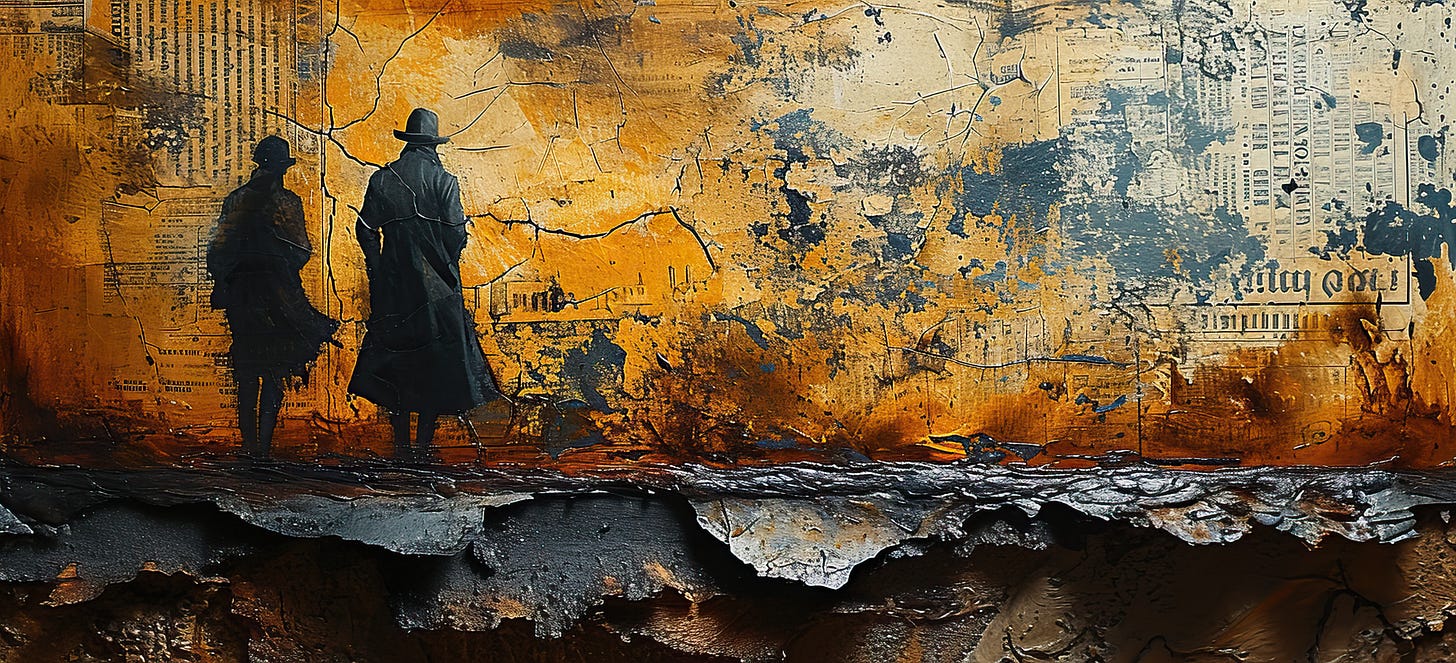Parashas Maasei begins with a brief introduction:
“These are the journeys of Bnei Yisrael who went out of Egypt in organized groups under the leadership of Moshe and Aharon. Moshe recorded their departures for their journeys according to Hashem’s command.”1
The parashah then proceeds to list all 42 encampments by name.
Several questions arise:
Why was it nec…
Keep reading with a 7-day free trial
Subscribe to Shui’s Newsletter to keep reading this post and get 7 days of free access to the full post archives.



